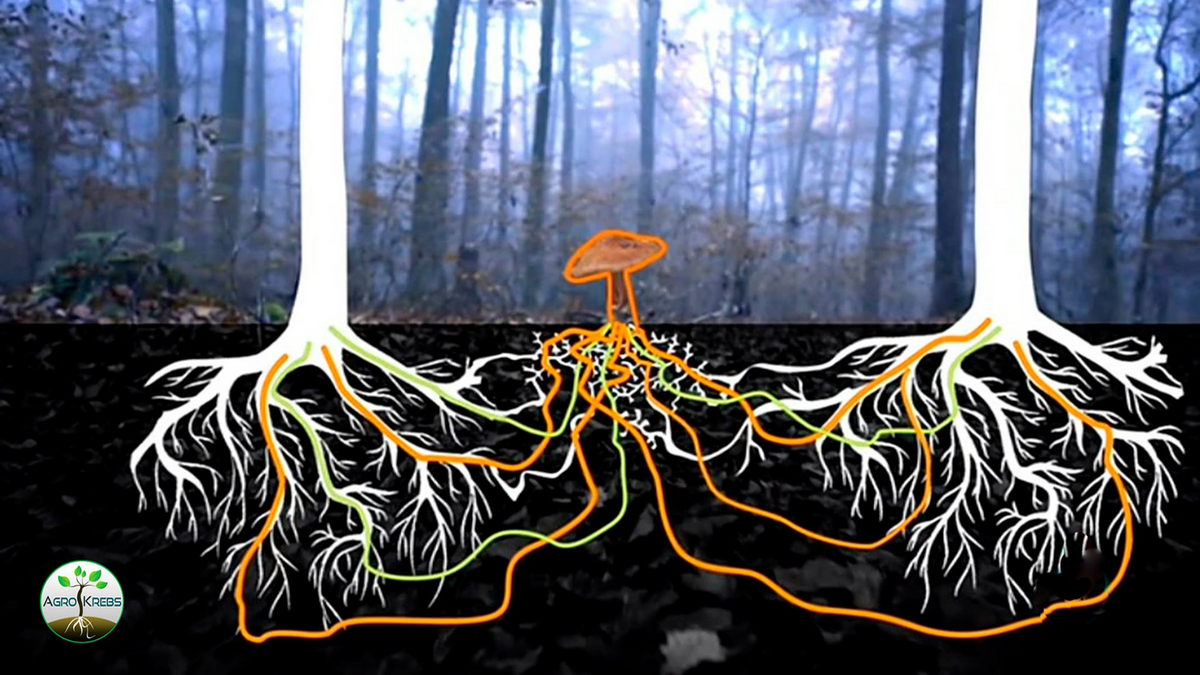Science in “The Lord of the Rings”

The Ents stopped at the foot of the hills. Again they gathered in a circle, wider and more spread out than before. They spoke at length among themselves, and Gandalf and the hobbits sat at a distance, as if they were guests. From time to time when the Ents looked at the guests they spoke in a soft and deep voice, like The sound of the wind in the branches of the trees, most of the time they were talking among themselves and I couldn’t understand what they were saying, it seems they are discussing something important and difficult.” This is our opening paragraph open science It will be recognized by followers JRR Tolkien.
Tolkien described the Ents as a race of trees that live in Middle-earth and can move and speak like humans. These trees are known for their ability to communicate with other trees and make collective decisions through discussion and debate. In the previous part, extracted from the book Lord of the RingsIt shows how Ents gather in a circle and debate with each other to make important decisions, and how difficult their conversation can be to understand for non-Ents. We have one An independent and self-organizing community that makes decisions in groups through dialogue and deliberation.
Is this science fiction or almost science? We have previously discussed the communication capabilities unknown to the botanist (the hidden network of the botanist, open scienceMay 2017). Really worth insisting on it This is a very serious science.
Trees communicate with each other. Trees are not individual organisms, but are interconnected to form a complex global network of connections, called a root structure. This structure is “Internet of Trees” It is possible thanks to the so-called structure Pie. Mycelium is a structure produced by fungi, consisting of a group of fibers bound together buried in the soil. We are Fungal networks intertwine with plant roots Exchange of nutrients, water and other substances. This is how entire forests are interconnected.
Trees have been found to be able to communicate with each other, through this network of fungi and trees, and they can share information about weather, predators, and other environmental threats. It is a language in which words are chemical molecules It is sent at a very slow speed, even slower than Ents did. We can say that it works in a similar way to the Internet, which is a global communication system based on interconnected devices that form networks, where devices are plants, satellites and cables are roots and fungi, and data packets are chemicals. An insect burrowing into a leaf causes a chemical response in the tree to try to defend itself. Although the speed of transmission of this chemical signal is very slow, it can travel through the mycelium to the rest of the plants nearby, with the aim of releasing chemicals to repel other insects.
Although this discovery is relatively recent, some researchers such as Susan Dudley and Amanda Dossier, of McMaster University in Ontario, Canada, have already come to some conclusions. In one of their studies, researchers showed that plants The longest solidagoalso known as the Canadian Goldenrod or St. Joseph’s Rod, sThey are able to detect chemical signals emitted by other plants of the same species through the roots and adjust their growth accordingly. When plants detect these chemical signals, they reduce their growth and seed production to avoid competing with other plants of the same species for resources such as water and nutrients. In another study, Dudley and File investigated how maize plants respond to chemical signals from other plants of the same species. They found that when corn plants detect these signals, they can increase their root growth and take up more nutrients from the soil to better compete with other plants. In general, their studies show that Plants are able to communicate and modifying their growth and behavior based on chemical signals emitted from other plants through the roots. These findings are important for understanding how plants interact in ecosystems and how these insights can be used to improve crop production and natural resource management.
We have another example that is much closer. Fernando Valladares He is a leading researcher at the Supreme Council for Scientific Research (CSIC), Spain, specializing in ecology and conservation biology. Among his many investigations, he conducted studies on plant root contact and its importance in ecosystems. Valladares has been recognized for his contributions to the study of plant interactions in forests, with King James I Prize in the Environmental Protection category, in 2021. The Rey Jaime I Prize, also known as the Rey Jaime I Research Awards, is a recognition of scientific excellence and innovation in Spain. These awards were established in 1989 and are awarded in different categories, such as basic research, medical research, environmental protection, among others. It is considered one of the most important scientific awards in Spain and is awarded with a large economic sum.
Although we still have a lot to learn about this connecting root system, these small discoveries make us understand more that ecosystems are not just a collection of organisms, but a collection of relationships between organisms, where every piece is necessary to fully function the equipment. Deleting one of them can degrade the entire system. maybe JRR Tolkien wasn’t far off the mark When describing the abilities of trees to communicate with other trees and how difficult it is for non-trees to understand their conversation. And especially for the humans who still believe that we are the ultimate owners of the planet. Who knows what the Ents would say about us, if we could understand them.

“Award-winning zombie scholar. Music practitioner. Food expert. Troublemaker.”


/cloudfront-eu-central-1.images.arcpublishing.com/prisa/AHVYMMDSTZDTDBFNZ3LMFUOKNE.jpg)








